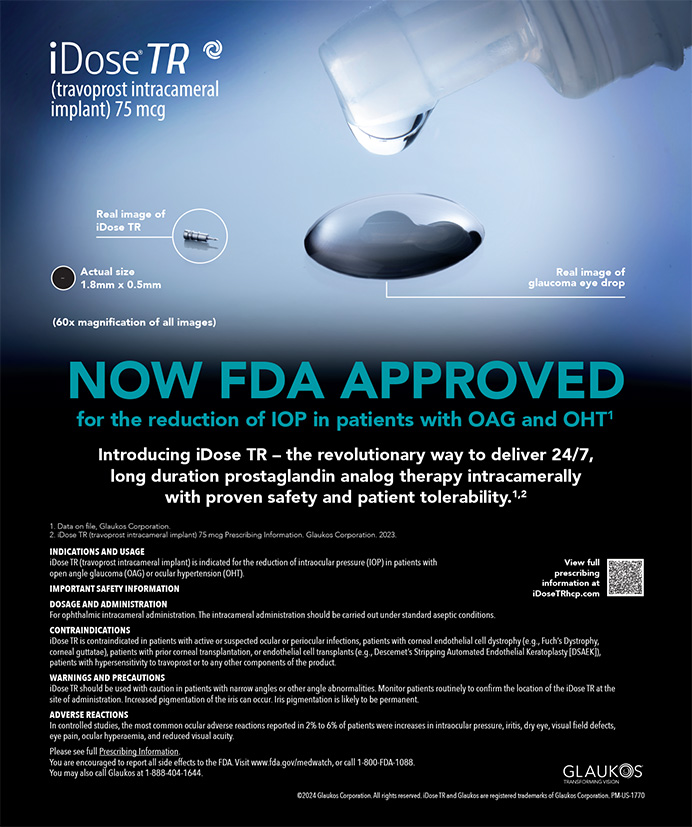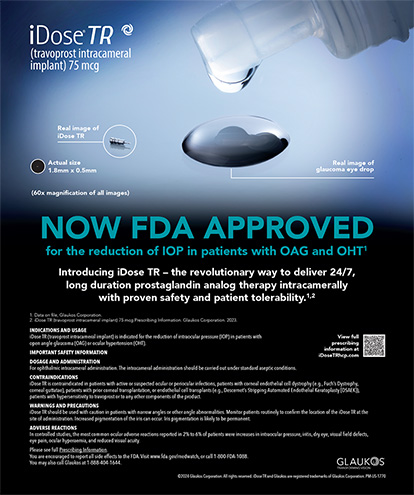
Katzen Eye Group, Barnet Dulaney Perkins Eye Center, Minnesota Eye Consultants—what do they have in common? Besides being best-in-class ophthalmic practices, they were all purchased recently by different midsized private equity firms. Is it a coincidence that some of the most successful practices in the country have chosen this path, or does it signal the start of a major paradigm shift in the ophthalmic space?
Currently, more than 25 private equity firms are openly, actively, and aggressively courting ophthalmic practices around the country, and some say that this is just the beginning. In the past 6 months, our practice has been approached by more than 10 of these companies, and the calls keep coming.
Why? It is not complicated. Ophthalmology is a perfect target for the well-known private equity model of buying successful businesses with strong earnings before interest, taxes, depreciation, and amortization; expanding the business; adding profits through economy of scale, organic growth, and tuck-in practices; and then selling the portfolio to a larger fund at a three- to five-times return on investment. This model has already proven very successful in dentistry and dermatology, and private equity companies are not shy in sharing why they are now giving eye care the full-court press. First, it is a fractured industry that is ripe for consolidation and corporatization. Second, it has diversified income sources with extensive testing and procedures, including surgical care. Third, eye care has both a well-established and a growing cash-based service portfolio as well as a large insurance-based income stream. Most importantly, demographic analysis shows a widening gap between the number of providers and the number of individuals who will need services on the near horizon and who have the resources to spend on their eye care.
Private equity firms have studied the industry, and they know how hard it is to build a successful practice with sizable revenue. When these companies buy a practice, they are banking on its continued success, because they do not make their money back until they sell it. The good ones do not want to disturb the quality of care, culture, management, infrastructure, or anything else that would jeopardize the proven income stream in which they have invested. Their main goal appears to be to function as a financial partner and bring resources to facilitate growth and improve operations where needed. Economies of scale and back-office consolidation come into play, as other practices are folded into the portfolio. In addition, private equity firms are open to having—and often require that—the surgeon owner, who sells his or her interest in the practice and has a liquidity event, roll a percentage of the proceeds back into the new management services organization/entity to keep the doctor engaged and aligned with the goal of continued success, with his or her sights set on a “second bite of the apple.”
Private equity partners recognize how attractive it is for a hardworking ophthalmologist who is also running a business to step back and gain some operational support. The arrangement allows these doctors to concentrate on what they love, put a nest egg in the bank that is taxed as capital gains instead of ordinary income, and acquire instant access to new capital and support for practice growth without a personal guarantee or liability. As an employee, the previous owner continues to work on a productivity model, thus taking home 30% to 40% of what he or she collects with much less to worry about.
So many factors play into whether a private equity deal is worth exploring. What is the practice’s ownership structure? What profits are there to sell and take a multiple on? How many more years does the surgeon owner plan on working? Is he or she ready to give up control?
The answer for each individual physician requires a deep dive into the subject.
Some trailblazing and validation are already evident, however, from the practices mentioned earlier as well as several others. They are very different from each other and have physician owners at different stages of their careers, but all share the commonality of being highly successful legacy practices. They did not get where they are through bad decisions but are known for creating environments that are wins for both the patient and the doctor, in that order. Time will tell if their lead will snowball into a massive landscape change in practice ownership or if it will be limited to a niche model. Either way, all ophthalmologists need to be aware of, evaluate, and confront private equity acquisitions, because the trend is clearly ramping up and evolving rapidly.
Robert J. Weinstock, MD
Chief Medical Editor




